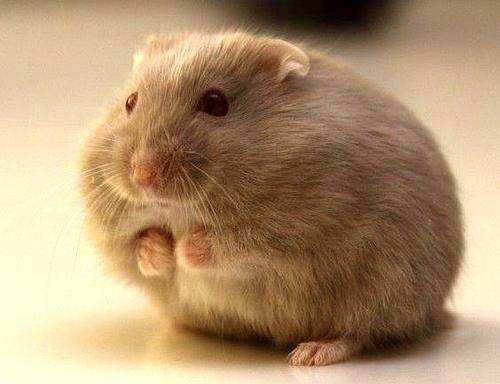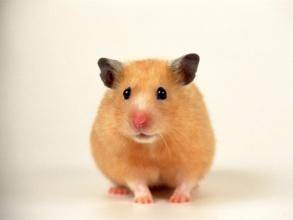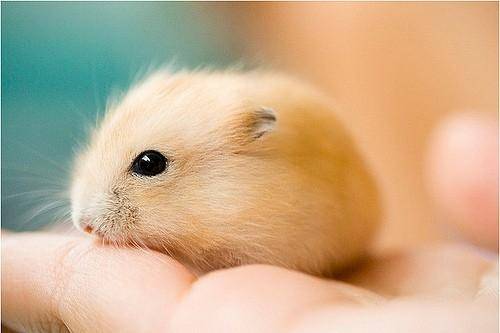We like people who keep pets. In addition to pet cats and dogs, hamsters are the most popular. Hamsters are small, easy to carry and especially easy to feed. Because hamsters are too small, we can’t play with them like dogs. Hamsters can’t protect us when we are in danger. Maybe our human desire to protect hamsters is too strong and we want to protect them. Although hamsters are easy to feed, they also have some thorny diseases, namely wet tail disease.

Hamster wet tail disease is a very common disease. Generally, hamsters will suffer from this disease during their growth. This disease mainly attacks the hamster’s intestines and stomach. Bacteria wriggle in the hamster’s intestines and stomach, resulting in hamster diarrhea or vomiting, and even death in severe cases. Because hamsters are too fragile, the disease is too powerful for hamsters. When the owner finds that the hamster is suffering from wet tail disease, he must be treated in time. If the owner thinks it is too troublesome to go to the hospital, he can also go to the drugstore to buy roxithromycin, mix it with water and then give it to the hamster. If the hamster hasn’t recovered in three days, he should still take it to the doctor for treatment.

In addition to feeding hamsters with mycin, they should also be given antidiarrheal drugs. Hamsters may be dehydrated due to diarrhea, so they should be hydrated. Hamsters should also pay special attention to what they eat during treatment. It is best to heat the food before feeding it to hamsters. Many owners may also mix some vegetables with their usual feeding, and they should stop feeding vegetables during the treatment of wet tail. The owner can choose the hamster’s favorite dry food as the staple food during the treatment period, and can also alleviate the problem of hamster diarrhea.

Some owners may keep two hamsters to keep a companion. Once one of them is found to have wet tail disease, the other hamster must be isolated in time, because wet tail disease is an infectious disease between hamsters. After the hamsters recover, the owner also needs to keep the hamster’s cage fully disinfected to avoid catching bacteria again.

